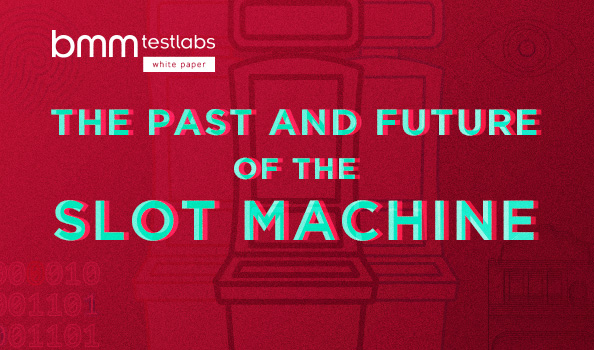Click here to read this white paper.
If you went into a bar in the late 1800s in or around New York City, it might have been called, The Burnt Rag, Milligan’s Hell or even, Chick Tricker’s Flea Bag. You could have had a punch made of hot rum, whiskey, camphor, benzene and cocaine, and had a better than average chance of finding a gambling machine created by a New York based company called, Sittman and Pitt. The machine was basic but innovative for the time and allowed for a chance to win prizes like free cigars and drinks.
The machine contained five drums carrying 50 cards, cost a nickel to play, and was based on the math and the concept of poker. Most establishments hosting one of these machines would literally discard two cards to tilt the odds in favor of the house, and none of these machines had a way to directly pay winners.
The exact date is up for debate, but around this time an inventor named Charles Augustus Fey is credited with the next evolutionary step in slot machines – automatic payouts at the machine. He accomplished this by reducing the complexity of the five drums and 50 cards, to three reels and five symbols: spades, horseshoes, diamonds, hearts and the image of a liberty bell. This is what gave the machine the name Liberty Bell.
By most accounts, these two developments were the opening chapters of the modern-day slot machine. Clearly, the story didn’t end there as there are few industries in which a single image is so iconic as the slot machine is to the casino industry.






